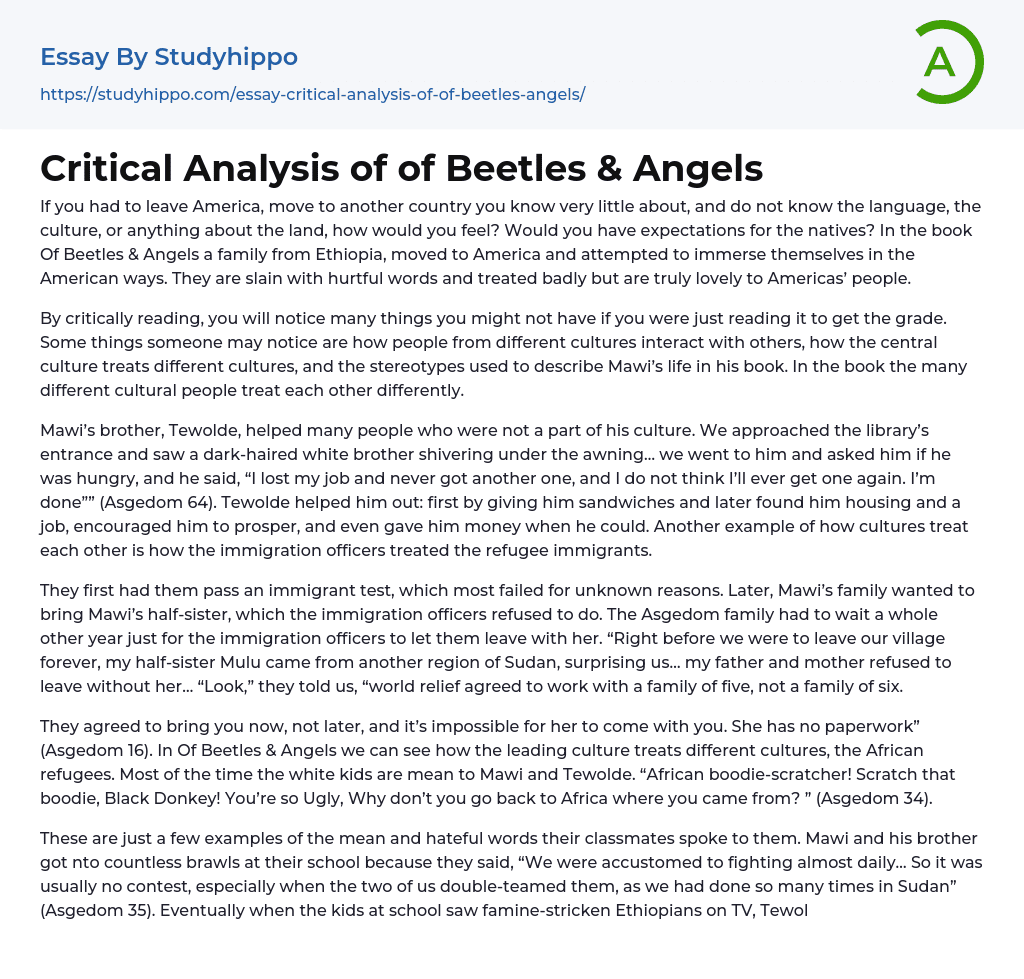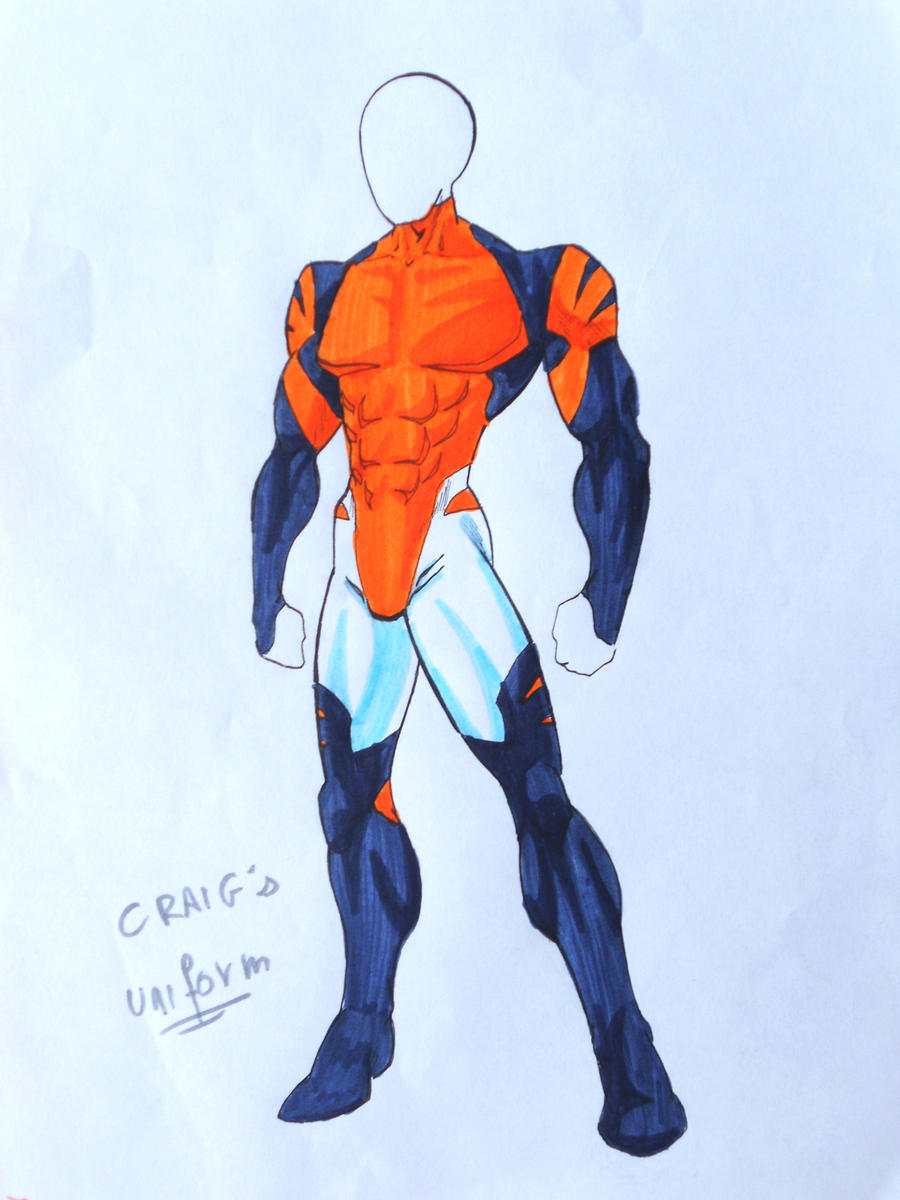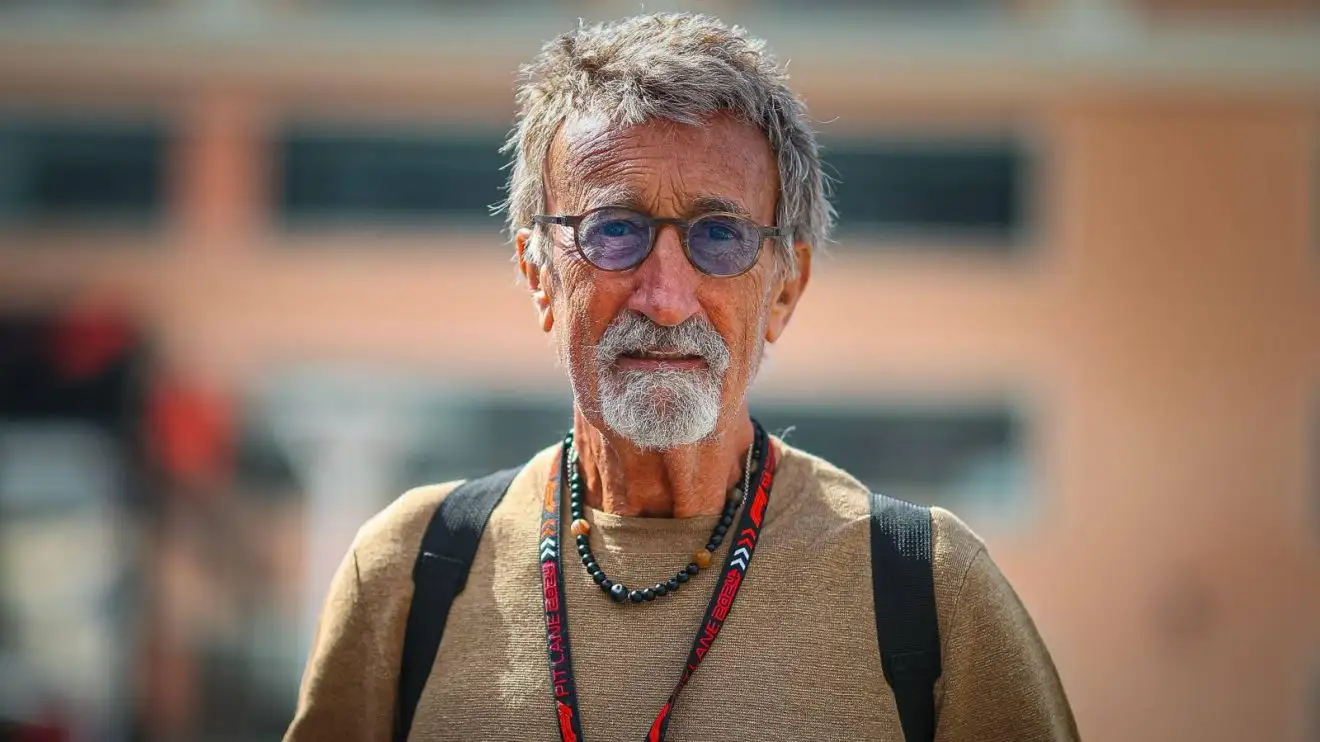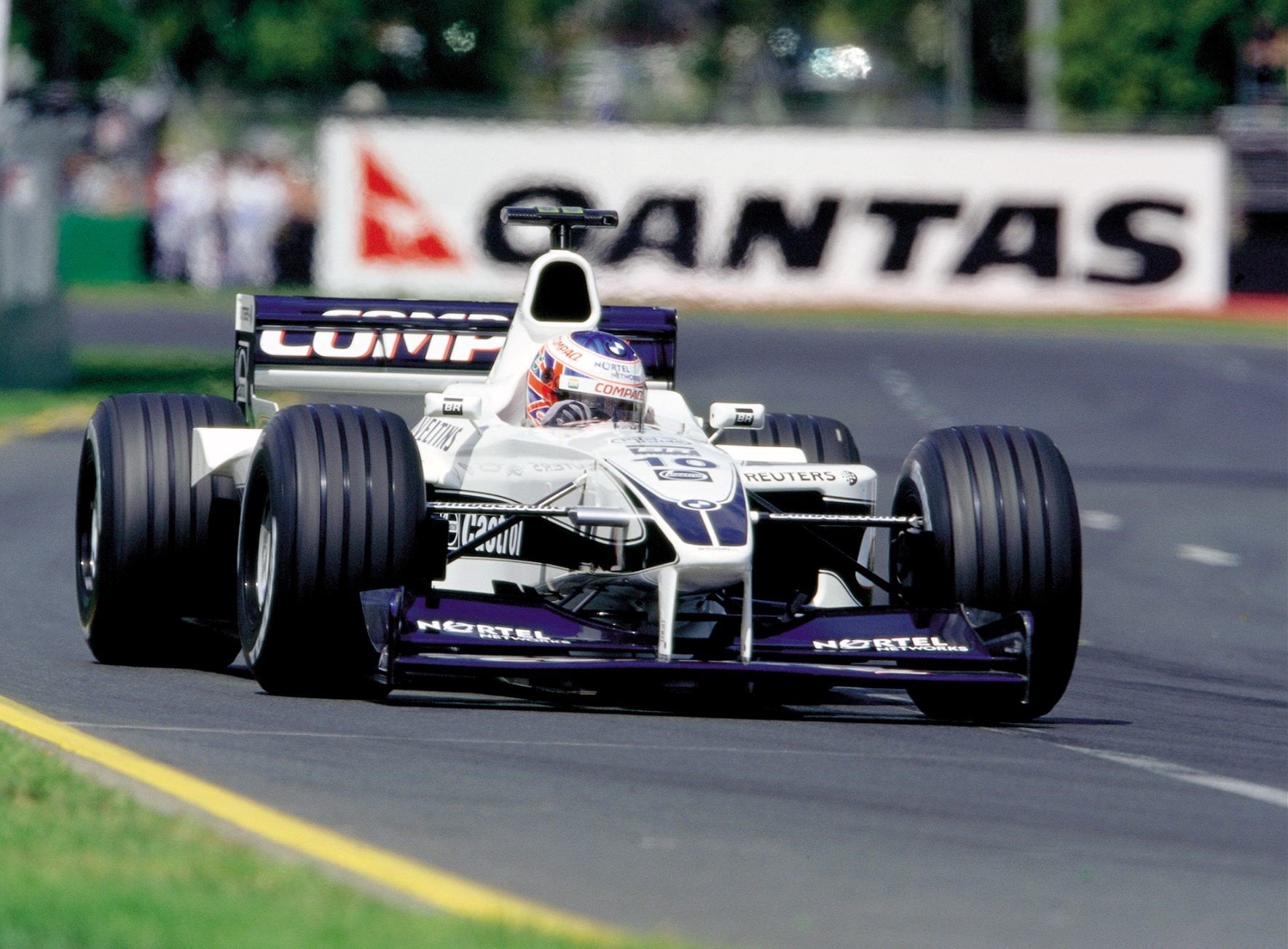Hells Angels: A Critical Analysis Of Their Influence And Power

Table of Contents
The Structure and Organization of the Hells Angels
The HAMC's organizational structure is a key factor in understanding its power. It operates through a decentralized yet hierarchical charter system, allowing for both local autonomy and centralized control. This intricate structure, often referred to as the HAMC structure, is crucial to their longevity and effectiveness.
Charter System and Hierarchy
The HAMC is comprised of numerous individual chapters, each operating independently to a degree, yet bound by a complex network of relationships. "Mother chapters," established earlier, often hold greater influence. Within each chapter, a strict hierarchy exists, featuring:
- Prospects: Individuals undergoing a probationary period before full membership.
- Nominees: Prospects who have completed their probationary period and are awaiting full membership.
- Full Members: The core of the chapter, holding voting rights and significant responsibilities.
- Officers: Individuals holding specific leadership positions within the chapter, such as President, Vice President, Sergeant-at-Arms, etc.
This organizational hierarchy facilitates both local adaptation and coordinated action across different chapters, allowing the HAMC to project its influence effectively. The chapter independence coupled with the centralized control ensures a flexible and resilient structure. Understanding the HAMC structure is fundamental to grasping their overall power.
Criminal Activities and Economic Power of the Hells Angels
The Hells Angels' alleged involvement in organized crime is well-documented, contributing significantly to their economic power. While the HAMC publicly maintains a motorcycle club identity, numerous investigations and reports have linked them to a range of criminal enterprises.
Involvement in Organized Crime
The HAMC has been implicated in a variety of criminal activities, including:
- Drug Trafficking: Distribution of various illicit substances, generating substantial profits.
- Extortion: Using intimidation and violence to extract money from businesses and individuals.
- Money Laundering: Concealing the origins of illegally obtained funds through legitimate businesses.
- Violence: Engaging in acts of violence to maintain control, eliminate rivals, and enforce their will.
These activities form the backbone of their economic power, allowing them to amass significant wealth and resources.
Legitimate Businesses as Facades
Many seemingly legitimate businesses have been linked to the HAMC, often serving as fronts for money laundering and other illicit activities. These businesses act as a crucial mechanism allowing them to integrate into the legal economy, obscuring their criminal finances and reinforcing their economic power. The use of these legitimate businesses complicates investigations and prosecutions, creating a formidable challenge for law enforcement.
Public Perception, Media Portrayal, and Social Influence of the Hells Angels
The Hells Angels' public image, carefully cultivated over decades, significantly influences their social influence and power. Their iconic imagery – the death's head logo, the leather jackets, the powerful motorcycles – contribute to a potent brand identity.
The Mythos and Symbolism of the Hells Angels
The Hells Angels have successfully constructed a powerful mythology around themselves, portraying an image of rebellion, freedom, and brotherhood. This carefully crafted image resonates with certain segments of society, fostering a degree of fascination and, for some, even admiration.
Media Representation and Public Opinion
Media portrayals, whether factual or fictional, have played a significant role in shaping public perception of the HAMC. While some media representations focus on their criminal activities, others romanticize their rebellious image. This duality makes it challenging to ascertain a truly accurate understanding of the Hells Angels.
- Popular culture, from films and television shows to music and literature, has further shaped public perception, often blurring the lines between reality and myth.
- This carefully constructed public image, whether positive or negative, contributes significantly to their influence and ability to operate.
- Separating fact from fiction in media portrayals of the Hells Angels remains a crucial step in understanding their true impact on society.
Law Enforcement Strategies and Countermeasures against the Hells Angels
Combating the Hells Angels and dismantling their criminal operations presents significant challenges for law enforcement agencies worldwide.
Challenges in Investigating and Prosecuting HAMC Members
Investigating and prosecuting HAMC members is exceptionally difficult due to several factors:
- Witness Intimidation: The organization's propensity for violence creates an environment of fear, making witnesses reluctant to testify.
- Secrecy and Code of Silence: A strong code of silence amongst members makes it difficult to gather evidence.
- Complex Operations: The decentralized nature of their operations and use of legitimate businesses further complicate investigations.
Effective Strategies for Combating HAMC Activities
Despite these challenges, law enforcement has employed various strategies to combat HAMC activities:
- Infiltration: Undercover operations to gather intelligence and evidence from within the organization.
- Wiretaps: Electronic surveillance to monitor communications and identify criminal activities.
- Asset Forfeiture: Seizing assets obtained through criminal activities, weakening the organization financially.
- International Cooperation: Collaboration between law enforcement agencies across borders is crucial in tackling their transnational criminal activities.
Conclusion
This analysis reveals the significant influence and power wielded by the Hells Angels Motorcycle Club. Their intricate organizational structure, involvement in organized crime, carefully cultivated public image, and the inherent challenges faced by law enforcement all contribute to their enduring presence and impact. Understanding their complex operations, separating fact from fiction in media portrayals, and appreciating the challenges faced by law enforcement are crucial for developing effective countermeasures. We encourage further research into the influence and power of the Hells Angels, promoting a more nuanced understanding of this enigmatic and powerful organization. Continue exploring this topic to fully grasp the complexities and impact of the Hells Angels Motorcycle Club.

Featured Posts
-
 Inside The Hells Angels Myths And Realities
May 25, 2025
Inside The Hells Angels Myths And Realities
May 25, 2025 -
 Hells Angels Craig Mc Ilquham Sunday Memorial Service Details
May 25, 2025
Hells Angels Craig Mc Ilquham Sunday Memorial Service Details
May 25, 2025 -
 Fallece Eddie Jordan Ultima Hora Y Reacciones
May 25, 2025
Fallece Eddie Jordan Ultima Hora Y Reacciones
May 25, 2025 -
 Jenson And The Fw 22 Extended Design And Innovation
May 25, 2025
Jenson And The Fw 22 Extended Design And Innovation
May 25, 2025 -
 O Verstappen Den Einai Pleon Stoxos Tis Mercedes
May 25, 2025
O Verstappen Den Einai Pleon Stoxos Tis Mercedes
May 25, 2025
